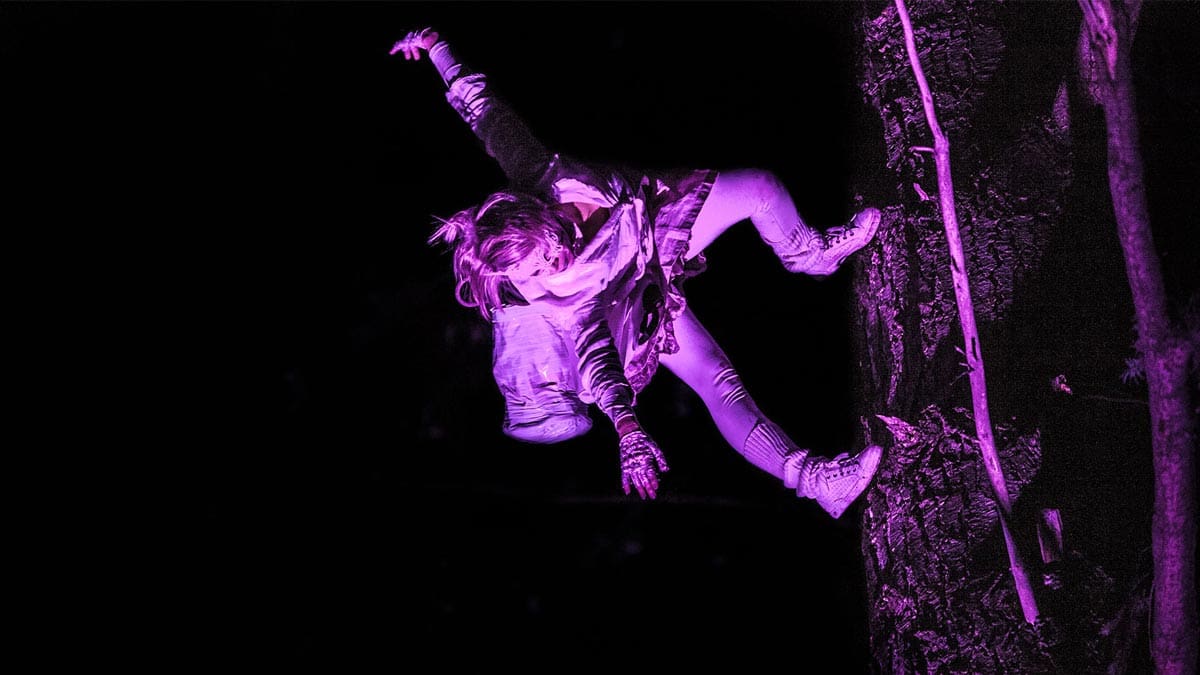Illumination Nation
Angus Muir, the architect-turned-light-artist, is set to illuminate Queenstown this King’s Birthday weekend for LUMA 2024. Known for his work that spans from Auckland’s viaduct to global festivals, Muir brings a unique blend of precision and whimsy to his installations. His background in architecture informs his approach, creating immersive experiences that play with the balance of light and space. As Queenstown prepares for its transformation, Muir shares his insights on the challenges and nuances of working with light as a medium, and what visitors can expect from this year’s LUMA.
What was the catalyst for working with light as your primary medium?
My interest in light and spaces started at high school actually. I was sent on a theatrical lighting course when I was 13 and it taught me a huge amount about lighting types – moods – colours – styles. I worked on many school productions and developed a love lighting design. My masters in architecture was focused around temporary spaces and events and it has all ended up in what I do today! A very unique journey to where I am.
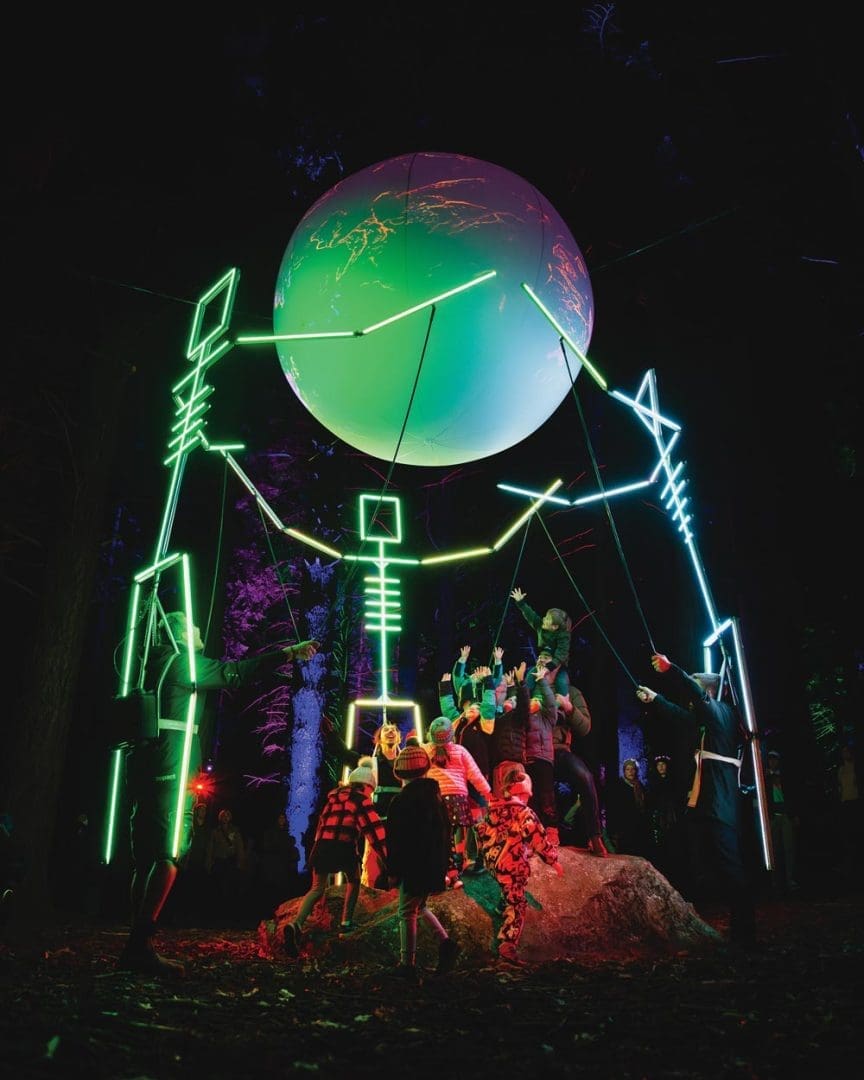
Has it changed how you experience the world yourself? Is it easy to unwind at a cafe for example or are you constantly looking at shadows and light bounces?
Yes for sure. I think 5 years of study in architecture makes you process light and spaces in a different way. Even more so with my focus on light. I think I am more focused on artificial light in a weird kind of way. I love seeing light in nature. Both natural and man-made.
Do you ever have any weird dreams and then wake up and go, “That would be perfect for an installation.”?
I have many, many moments where I either wake up or dream about an idea or usually a detail of something quite technical. I also see a lot of things in nature and on my travels that stick in my head and pop up at random moments.
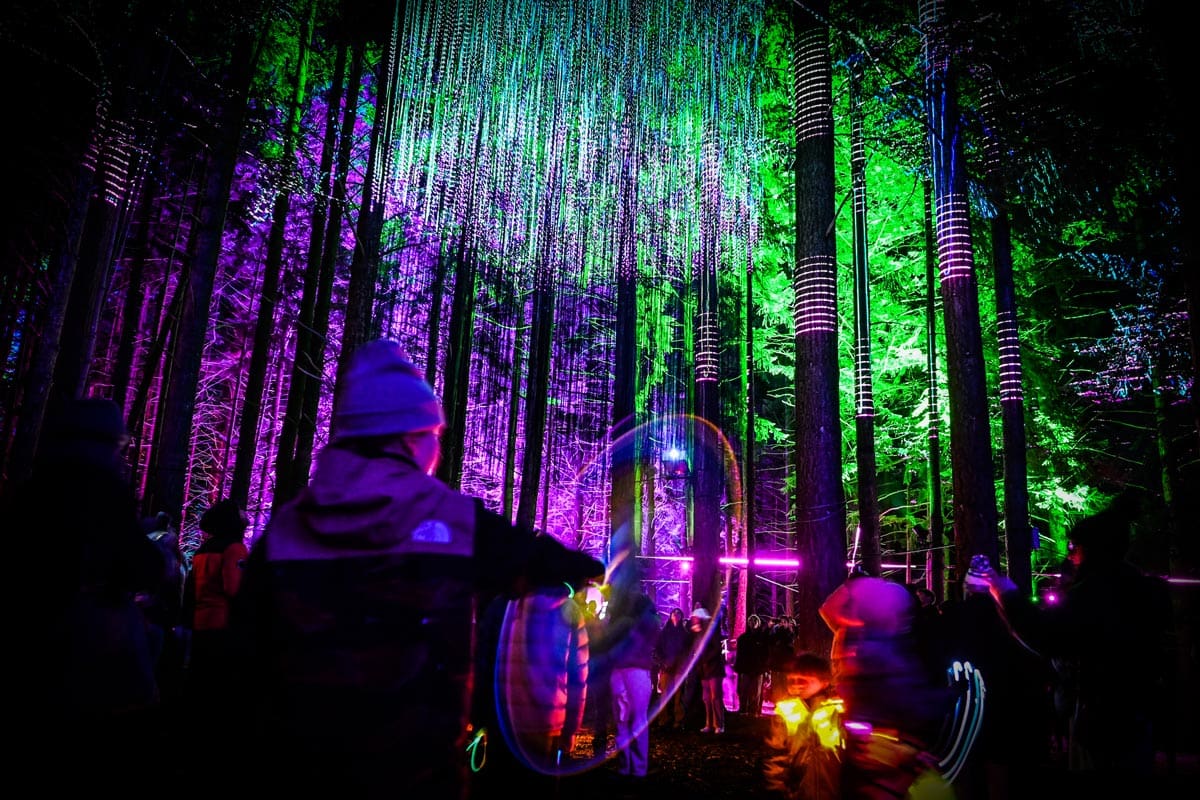
Your installations often incorporate interactive elements. What role does audience engagement play in your creative process?
Interactivity is a really interesting topic for me. I define it most simply by being analogue or digital. Our work involves lots of mirror and reflective surfaces and that involves the public interacting with the mirror – or casting a shadow. Everything we create is interactive.
It can however exist on a much more technical level – that being digital interaction. Cameras, LIDARs, microphones, pressure pads etc. They have a direct connection to the technology. I think a successful interactive artwork can be either – or a mix of analogue and digital.
So much of your work involves the incorporation and fabrication of a range of materials. Is part of the creative process led by tangible, physical experimentation or is it conceptual first and foremost?
Our process is very much led by tangible and physical experimentation. We love materials. We love prototyping ideas and refining them in the workshop.
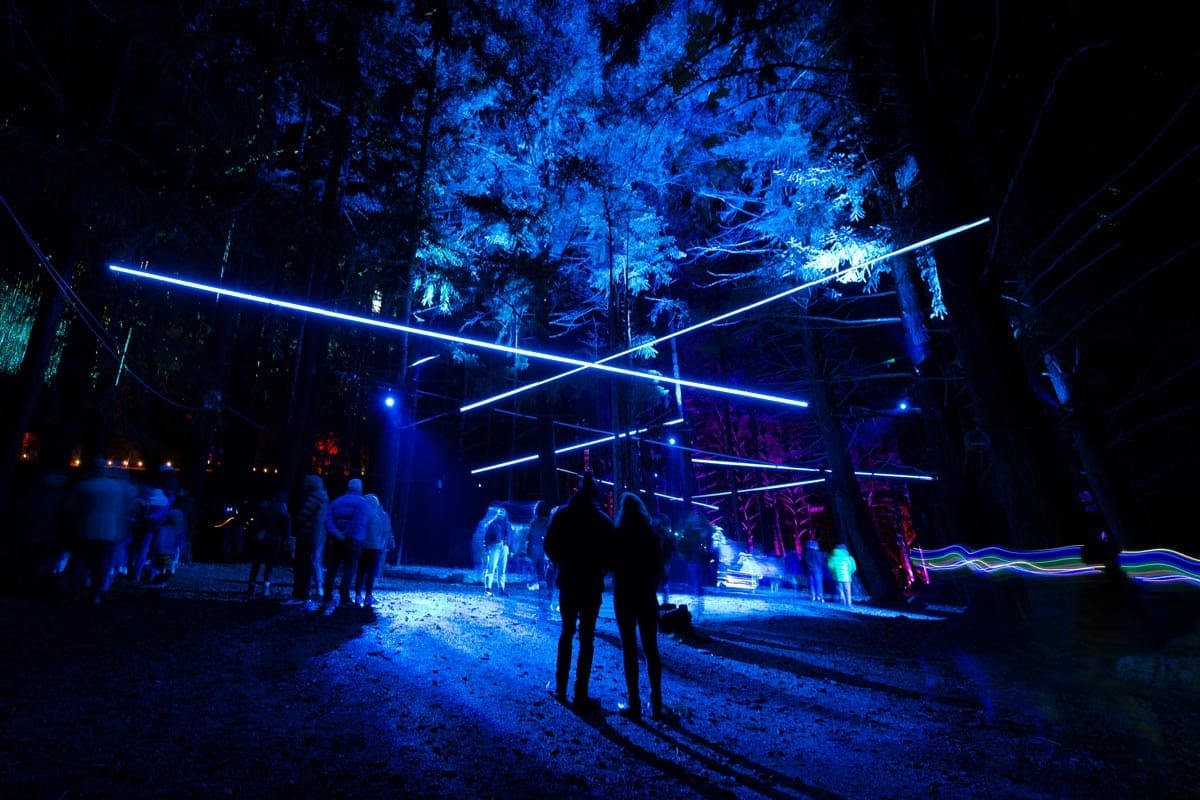
Could you share one project that didn’t go as planned and what you learned from that experience?
I can’t land on one in particular. But we do have a motto at work – LED – Learning every day and loving Every Day. We are always learning from our work. A lot of our festival work is quite experimental and a chance to try things out. Then if its successful we develop or learn from those installations and projects.

Your work is both artistic and technical. How do you stay updated with technological advancements, and how do they influence your new projects?
Constant research, and travel. I am fascinated by technology and what new gear is out there that we can use. I am constantly ordering samples and small pieces to test. We like to use technology in different ways and also push it to its limits. Quite often some of the new tech is quite delicate and not suited to the rigors of a light festival. We often have to use some pretty industrial components to last the distance.
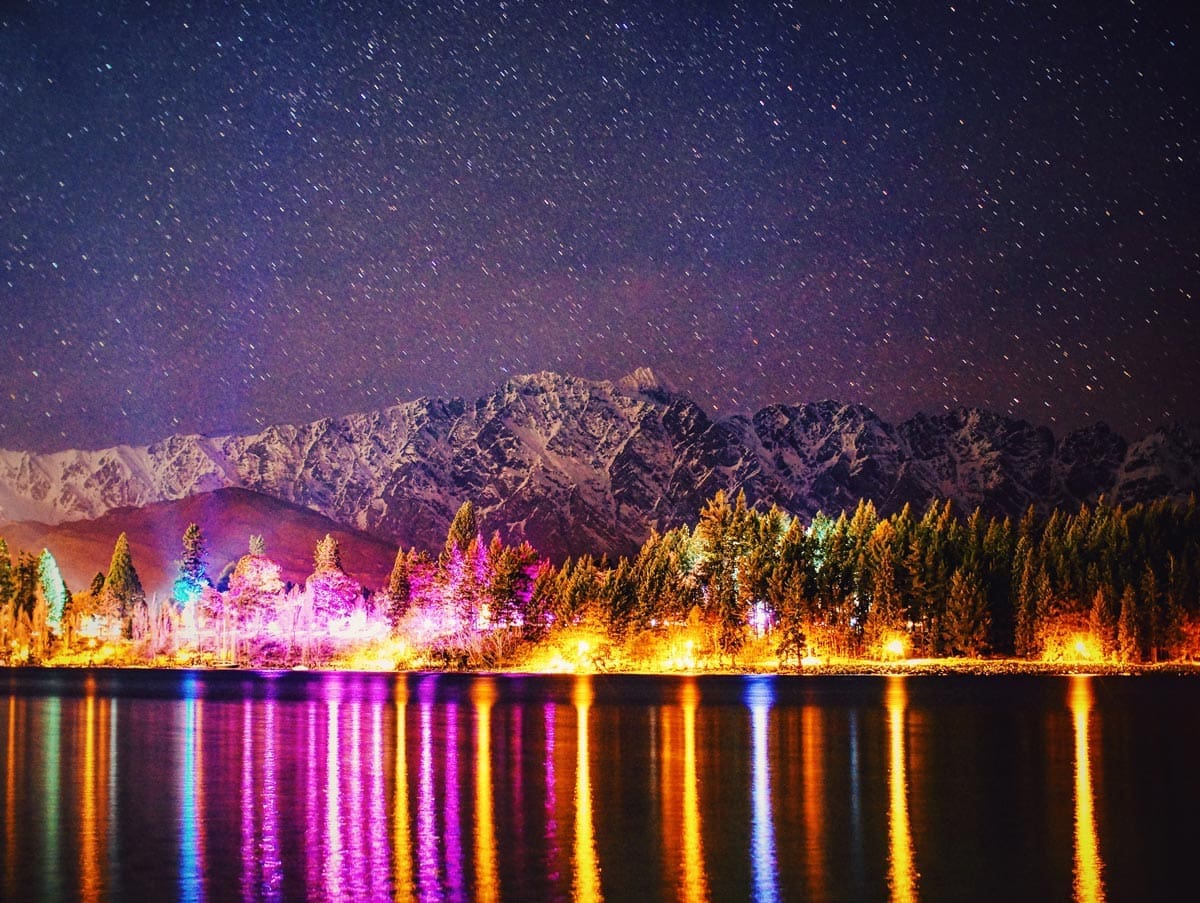
Your work has been displayed internationally. Do you find that cultural contexts influence the reception of your installations? If so, how?
I don’t believe it has a huge influence on the reception of our works. We have exhibited in ten different countries and whilst the reception of our work may be slightly different – I think light is a global language. Our work does not carry heavy political or cultural meaning. It’s deliberately simple and accessible to many.

LUMA Southern Light Project is a significant event in your calendar. What makes this festival unique, and what can attendees expect from your contributions this year?
It is a very significant event – something we start planning almost as soon as the previous one has concluded. This is the 9th year of our involvement with LUMA – and it’s one of our favorites. The location is simply stunning – sitting at the base of mountains, surrounded by a lake. We get to try out new ideas, and collaborate with some really special people. Our team love spending two weeks down in Queenstown. This year our main focus is around the entrance into LUMA and the pond environments. I won’t see too much more you will have to come at see!
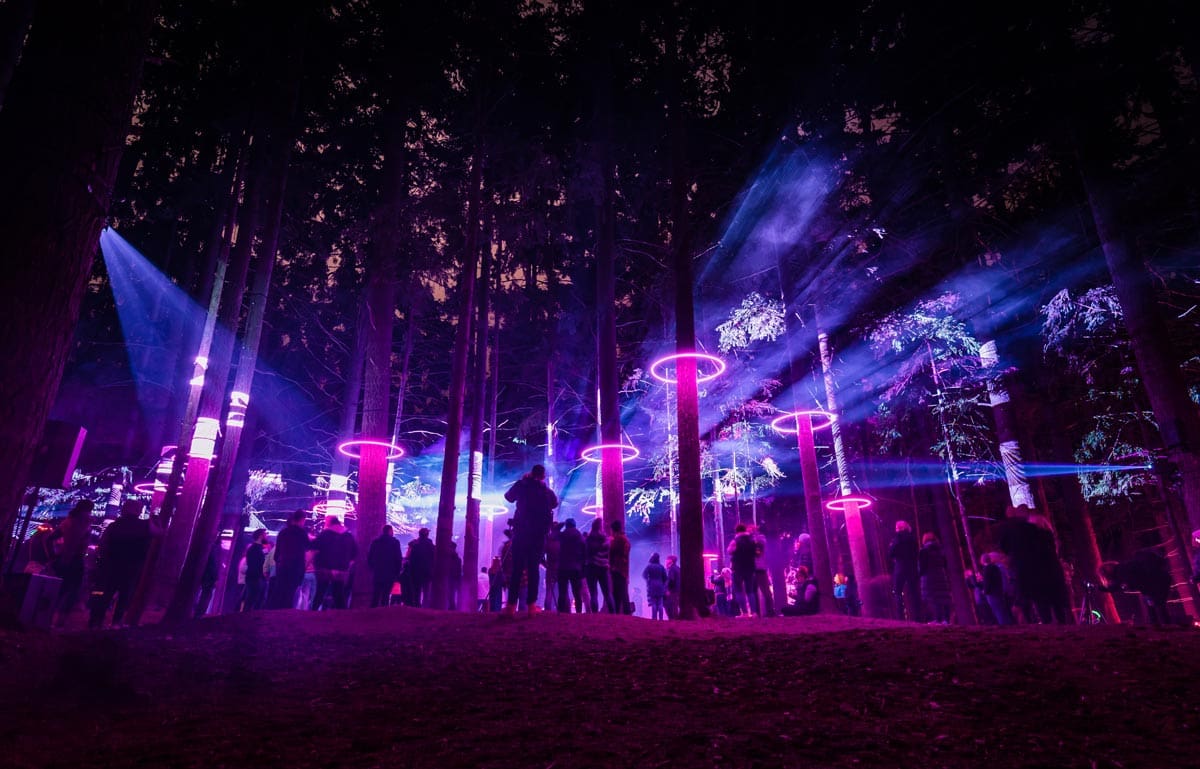
You’ve transformed a variety of spaces, from urban areas to natural landscapes. Do you have a preference for one over the other?
We have been lucky enough to work in such a wide array of environments. Each has its pros and cons. I love each space equally. The space also comes with the experience of travelling and installing there and seeing the public or guests enjoying the work. I do very much love the dark environments of a distant natural landscape with little or no light pollution – but in the same breath, some of my favourite works were created in urban areas. Jerusalem and Amsterdam a few of my favourites.
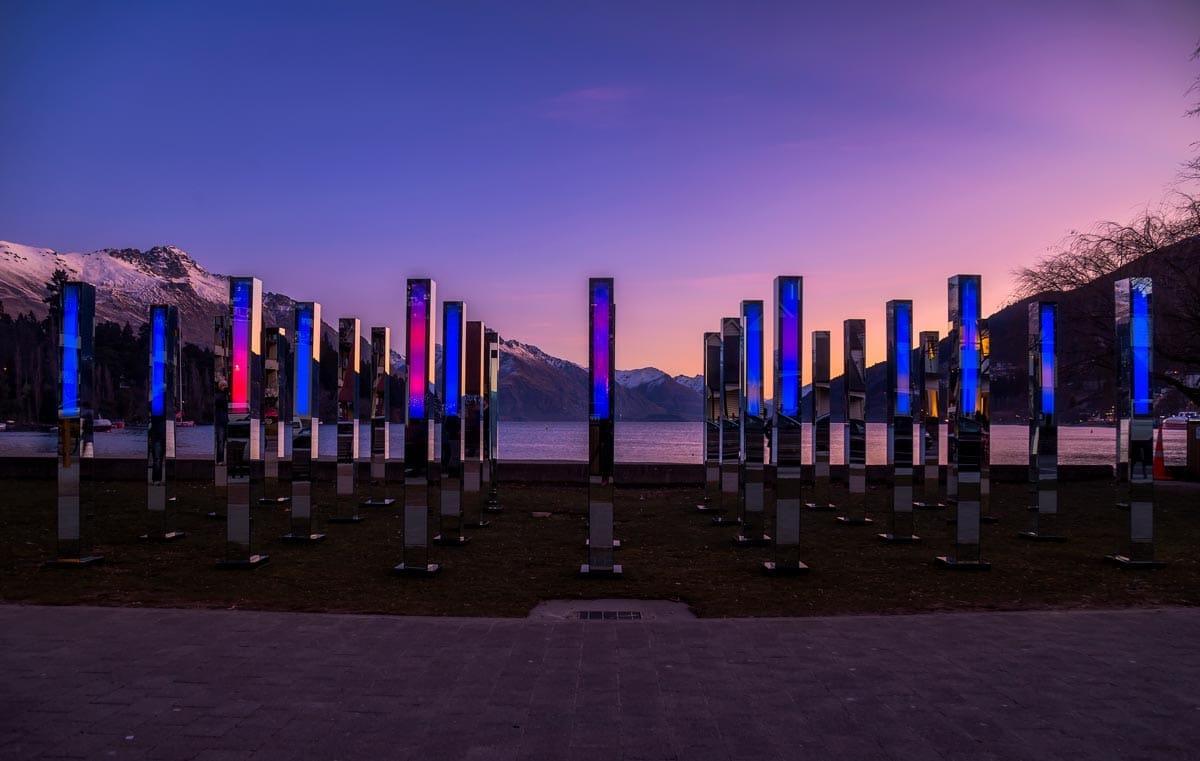
Looking ahead, are there any dream projects or collaborations you’re particularly excited about or wish to pursue?
I am very content at the moment. I have an amazing team that I work with and we get to work on some amazing projects both locally and internationally. Moving into winter is particularly exciting as it means our main light festival season. We have touched on LUMA of course – but we are also the only Kiwis presenting a new large-scale work at Vivid this year over in Sydney in June. Our artwork Connection can be found at the base of the Harbour Bridge – and is a large work talking to the theme of humanity.
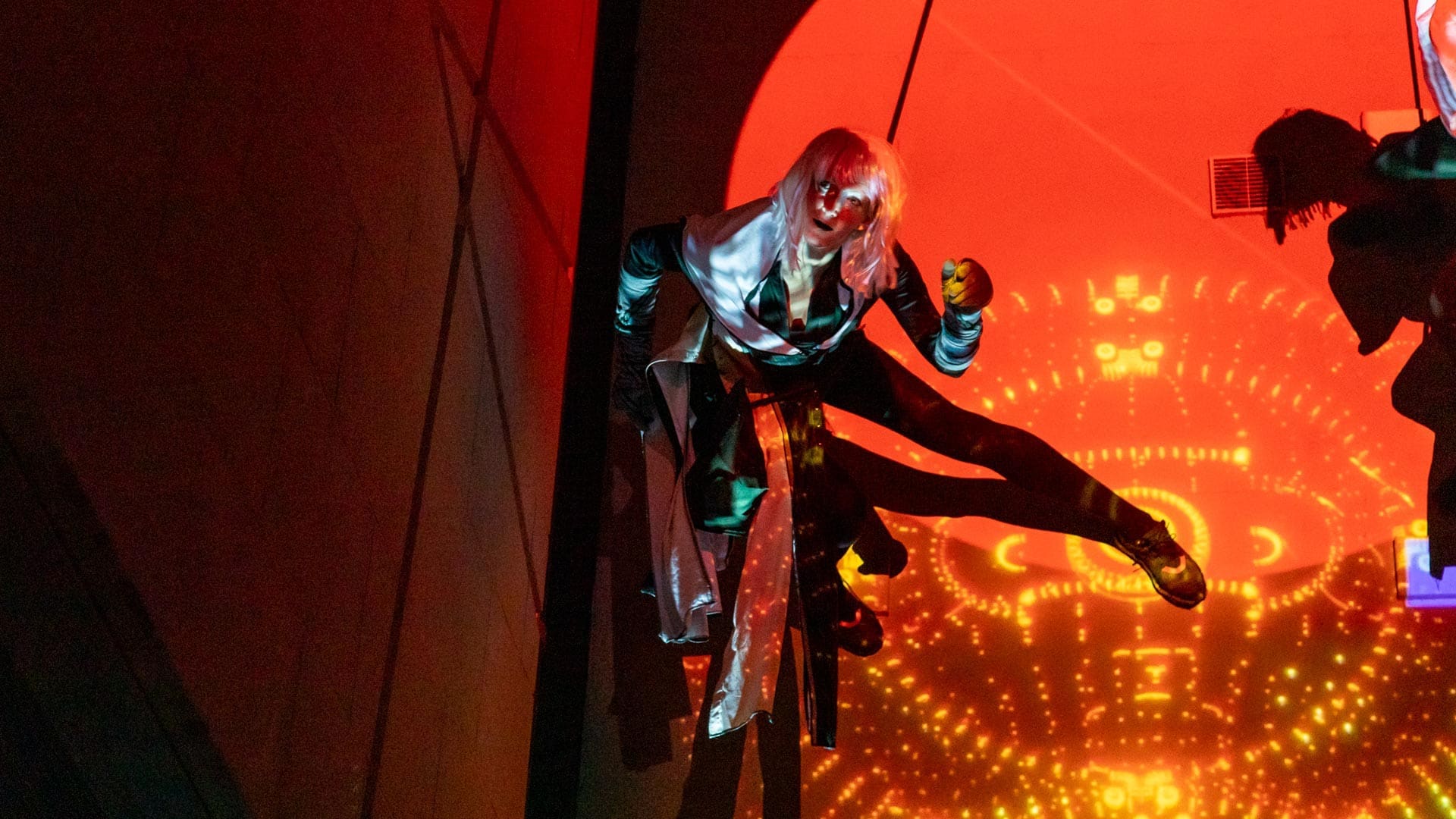
What advice do you have for others who want to achieve bothartistic and creative success with business success?
I love what I do. Very lucky to never feel like it is a ‘job’ or ‘work’. I know it’s cliche but honestly if you are passionate about it just do it. It will work out.

